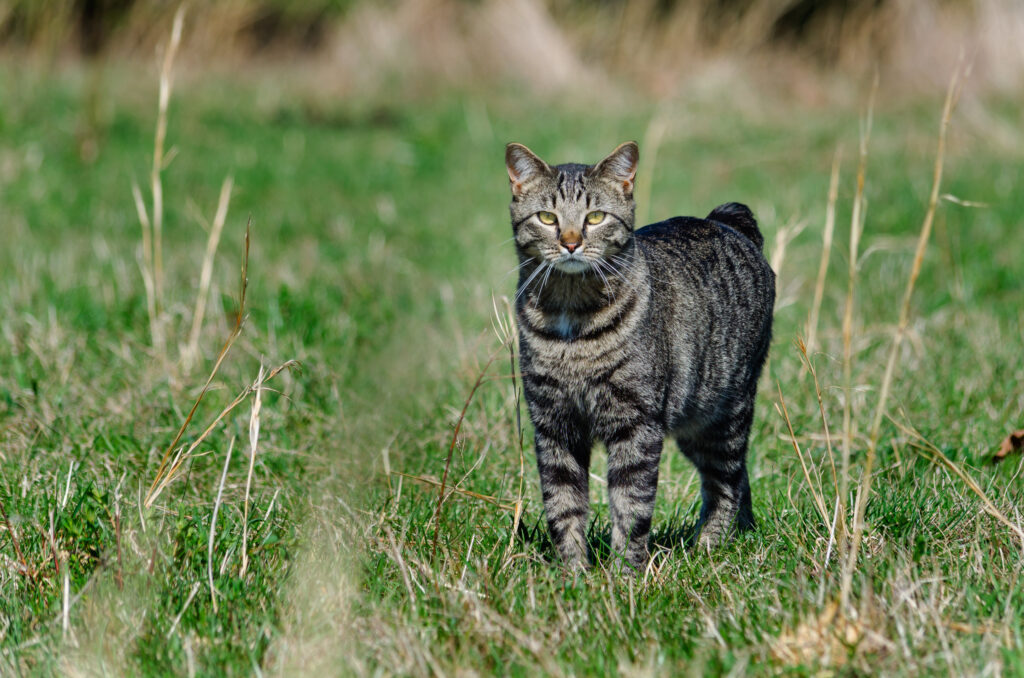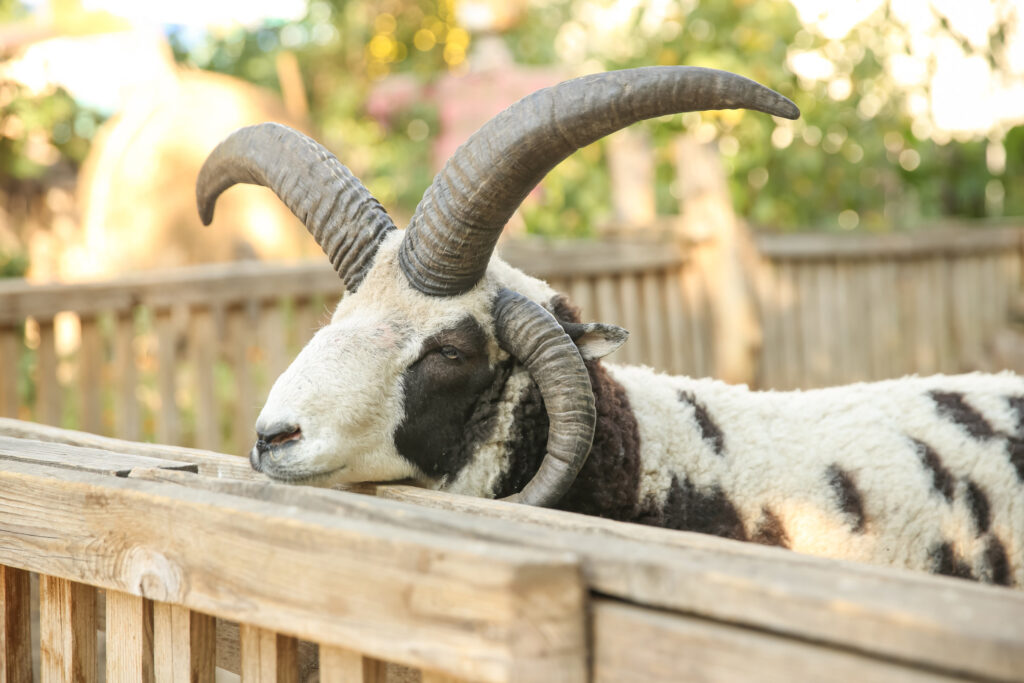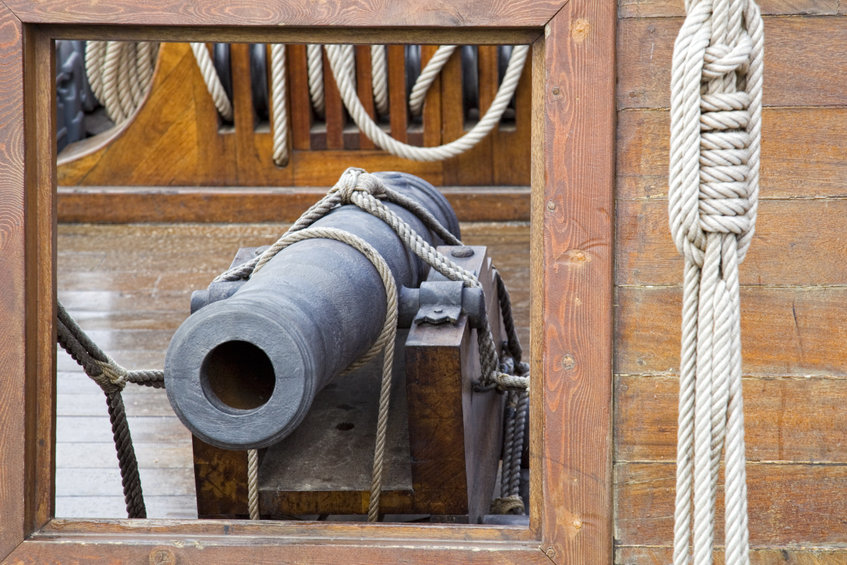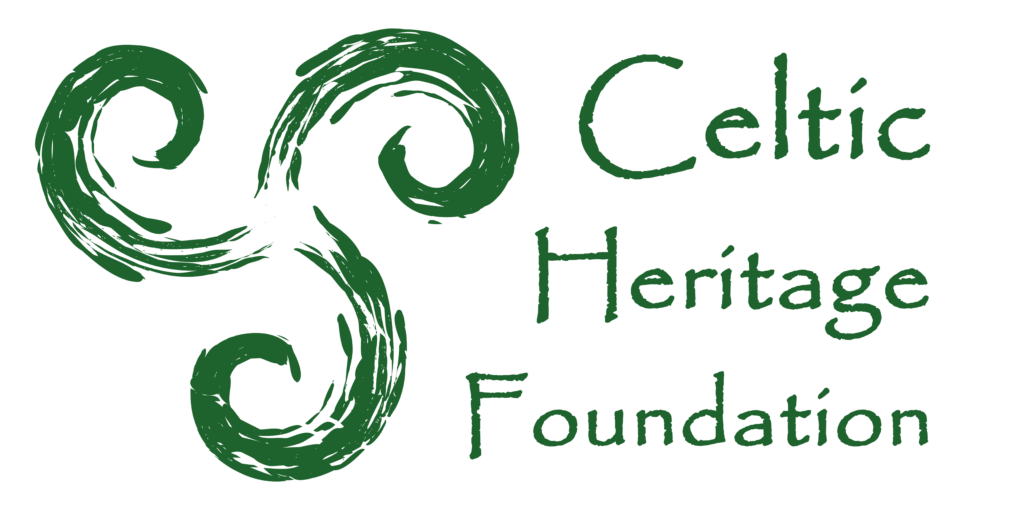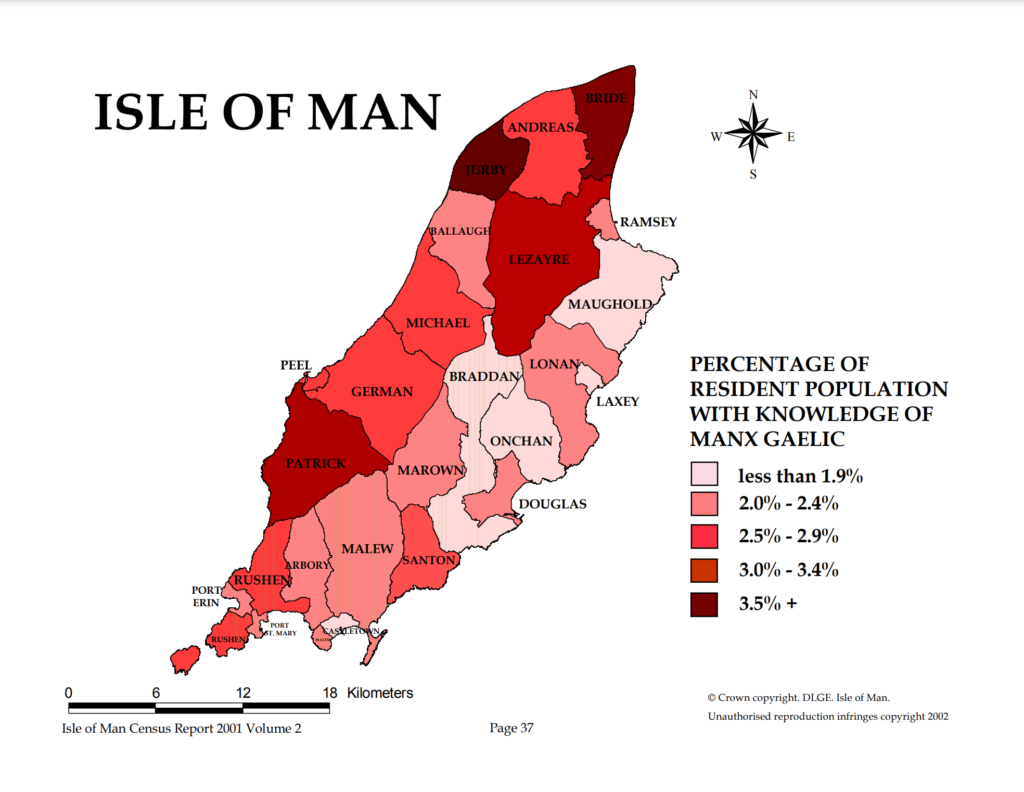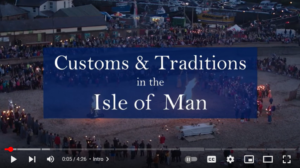Isle of Man
Historical Overview



A Brief History
The Isle of Man was first inhabited over 10,000 years ago. In the 5th century large-scale migration from Ireland occurred and brought Celtic influence to Isle of Man including a new language that developed into Manx, very closely related to Irish and Scottish Gaelic. This same immigration also brought with it Christianity from an Irish Monk.
Like much of the region, the Vikings began to invade Isle of Man in the early 9th century and by the middle of the century had settled. The small island was now part of the Vikings maritime kingdom.
In 1266 Scotland and Norway signed the Treaty of Perth and the Isle of Man became a part of Scotland. But in 1399 the island became a part of the British Crown.
Today The Isle of Man is a territory of Britain and protected militarily but is its own kingdom, neither belonging to the United Kingdom nor the European Union.




